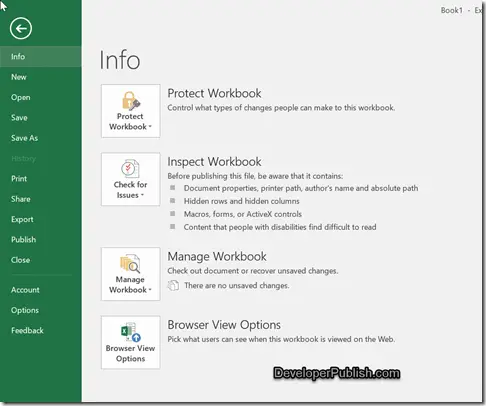

Note: We may earn a commission when you buy through links on our site, at no extra cost to you. You’ll still see the blue highlighted areas, but once you click on any cell they will vanish, leaving you with a new, compact table of data and no empty rows. The default is Shift cells up which is the one to choose unless you have specific needs otherwise.Ĭlick OK and the rows will now disappear. To do this you’ll need to make sure the Home tab is selected at the top of the screen, then go over to the right and look for the Delete option in the Cells section.Ĭlicking the arrow at the bottom of this opens a dropdown menu from which you’ll need to select Delete Cells rather than the more obvious Delete Sheet Rows.Ī new pop-up window will appear asking how you wish to arrange the space left behind by the missing rows. Give them a quick check to see if everything is how you want it. On your spreadsheet you should see that all the empty rows Excel has found are now highlighted in blue.

As we’re searching for empty rows the one we want is Blanks. Click this and you’ll be presented with a number of options to choose from. Next press F5 and you’ll see a dialog box appear entitled Go To.Īt the bottom of the box is a button marked Special. On this spreadsheet we’ve selected A1 to G22. To do this select a data range by highlighting the relevant cells. The first thing you need to tell Excel is which areas of the spreadsheet it should include when searching for blank rows. Removing blank rows is a destructive act, and if you mistakenly enter the wrong commands then it could delete info that you wanted to keep. Edit > Select All (or just the row range you are concerned about). Back up firstĪs with any editing of important documents you should make a copy of your spreadsheet before beginning. We’ll show you how.Īlso, be sure to check out our comprehensive guide to using Excel for more useful tips. It can be time-consuming to remove blank rows from Excel spreadsheet but it’s easy to do so using an automated method.


 0 kommentar(er)
0 kommentar(er)
